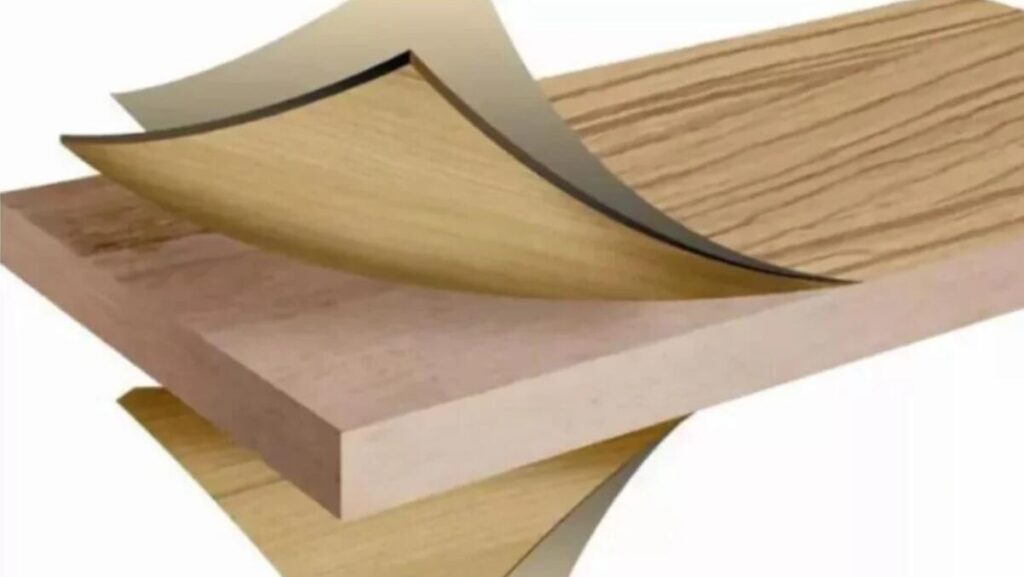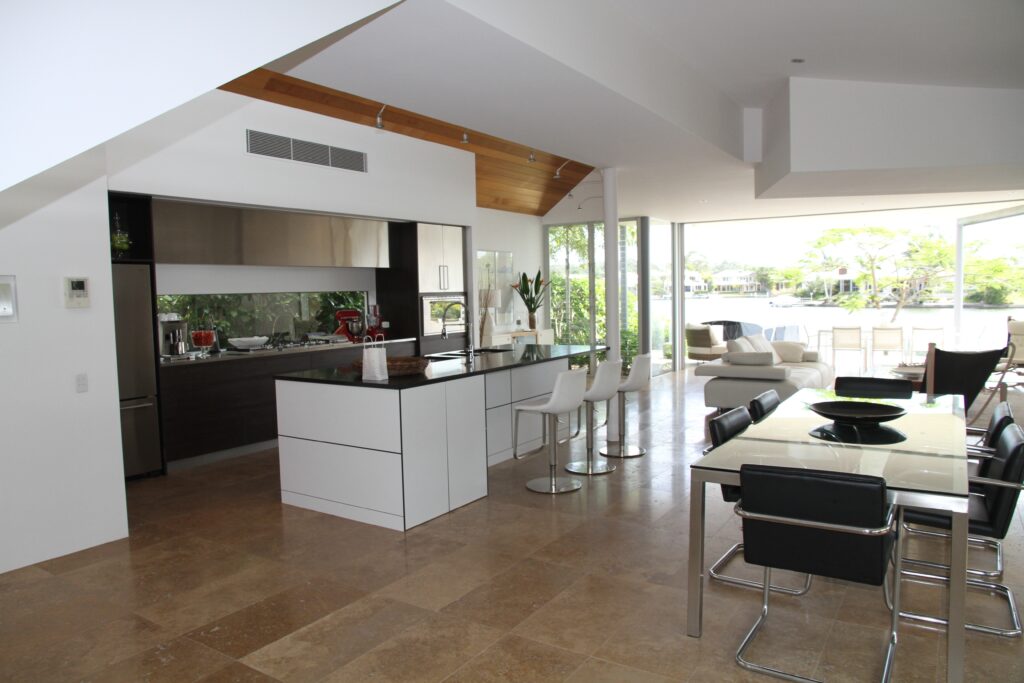MDF Boards vs. Plywood: Which Is the Better Choice for Your Next Project?
If you’re planning a new project that involves woodworking, you may be wondering which material to use: MDF boards or plywood. Both materials have their pros and cons, and choosing the right one can make all the difference in the quality and durability of your finished product. MDF (medium-density fiberboard) is made by compressing wood fibers and resin together, while plywood is made by layering thin sheets of wood veneer together. But which one is the better choice for your next project?
Differences between MDF Boards and Plywood
MDF and plywood are both popular materials for making furniture, cabinets, and other woodworking projects. However, they differ in their composition and structure. MDF is made by breaking down wood residuals into fibers, then mixing them with wax and resin. The mixture is then pressed into a panel using high pressure and heat. The result is a dense, uniform panel that is smooth and easy to paint or laminate. Plywood, on the other hand, is made by gluing together thin layers of wood veneer with the grain running in alternating directions. This gives the panel strength and stability, making it ideal for structural applications.
One of the main differences between MDF and plywood is their weight. MDF is denser and heavier than plywood, which can make it more difficult to transport and handle. However, MDF Boards density also makes it more resistant to warping, swelling, and cracking than plywood. MDF also has a smoother surface than plywood, which makes it easier to paint or finish. Plywood, on the other hand, has a more natural wood grain texture, which may be preferred for certain applications.
Another difference between MDF and plywood is their moisture resistance. MDF is more susceptible to moisture than plywood, and should not be used in areas where it may come into contact with water or humidity. Plywood, on the other hand, is more resistant to moisture and can be used in areas where water may be present, such as bathrooms and kitchens.

Advantages of MDF Boards
MDF has several advantages over plywood, which make it a popular choice for certain applications. One of the main advantages of MDF Boards is its smooth surface, which makes it easy to paint or laminate. MDF is also denser and more uniform than plywood, which makes MDF Boards more resistant to warping, swelling, and cracking. This makes it ideal for applications where stability and durability are important, such as cabinet doors and drawer fronts.
Another advantage of MDF Boards is its flexibility. MDF can be easily shaped and routed, which makes it ideal for creating intricate designs and patterns. This makes it a popular choice for decorative applications, such as wall paneling and trim work.
MDF is also a more affordable option than plywood, which makes it a popular choice for budget-conscious DIY enthusiasts and woodworkers. Its affordability also makes it an ideal material for large-scale projects, such as commercial cabinetry and furniture.
Disadvantages of MDF Boards
While MDF Boards has several advantages, it also has some disadvantages that should be considered. One of the main disadvantages of MDF Boards is its susceptibility to moisture. MDF is more prone to swelling and warping than plywood, which makes it unsuitable for areas where water or humidity may be present. MDF also has a lower mechanical strength than plywood, which makes it less suitable for structural applications.
Another disadvantage of MDF is its weight. MDF is denser and heavier than plywood, which can make it more difficult to transport and handle. This can also make it more difficult to work with, especially for larger projects.
Finally, MDF Boards has a higher formaldehyde content than plywood, which can be a concern for those with allergies or respiratory issues. However, many manufacturers now produce low-emission MDF, which reduces the formaldehyde content and makes it a safer option for indoor use.
Advantages of Plywood
Plywood also has several advantages over MDF, which make it a popular choice for certain applications. One of the main advantages of plywood is its strength and stability. Plywood is made by layering thin sheets of wood veneer together, which gives it a strong and stable core. This makes it ideal for structural applications, such as flooring, roofing, and walls.
Another advantage of plywood is its natural wood grain texture. Plywood has a more natural, organic look than MDF, which may be preferred for certain applications. Plywood can also be stained or finished to enhance its natural beauty, which makes it a popular choice for furniture and cabinetry.
Plywood is also more moisture-resistant than MDF, which makes it suitable for areas where water or humidity may be present. This makes it ideal for use in bathrooms, kitchens, and other high-moisture areas.
Disadvantages of Plywood
While plywood has several advantages, it also has some disadvantages that should be considered. One of the main disadvantages of plywood is its weight. Plywood is lighter than MDF, but still heavier than many other materials, which can make it more difficult to transport and handle. This can also make it more difficult to work with, especially for larger projects.
Another disadvantage of plywood is its susceptibility to warping and cracking. Plywood is more susceptible to warping and cracking than MDF, which can be a concern for certain applications. This can be mitigated by choosing high-quality plywood and ensuring that it is properly stored and handled.
Finally, plywood can be more expensive than MDF, which can be a concern for budget-conscious DIY enthusiasts and woodworkers. However, the cost of plywood can vary depending on the quality and grade, so it may be possible to find affordable options for certain applications.
Which one to choose for your project?
The choice between MDF Boards and plywood ultimately depends on your specific needs and preferences. If you need a material that is easy to paint or laminate, and is suitable for decorative applications, MDF may be the better choice. If you need a material that is strong and stable, and is suitable for structural applications, plywood may be the better choice.
If you’re concerned about moisture resistance, plywood may be the better choice for areas where water or humidity may be present. If you’re concerned about formaldehyde emissions, low-emission MDF Boards may be the better choice.
Cost is also an important factor to consider. MDF Boards is generally more affordable than plywood, which makes it a popular choice for budget-conscious DIY enthusiasts and woodworkers. However, the cost of plywood can vary depending on the quality and grade, so it may be possible to find affordable options for certain applications.
Ultimately, the choice between MDF and plywood comes down to your specific needs and preferences. Consider the advantages and disadvantages of each material, and choose the one that best meets your needs and budget.

Cost Comparison
When it comes to cost, MDF is generally more affordable than plywood. The cost of MDF can vary depending on the thickness and quality, but is typically lower than the cost of plywood. This makes it a popular choice for budget-conscious DIY enthusiasts and woodworkers.
The cost of plywood can vary depending on the thickness, quality, and type of wood used. High-quality plywood can be more expensive than MDF, but may be necessary for certain applications, such as flooring and roofing.
It’s important to consider the cost of both materials when choosing the right one for your project. While cost should not be the only factor to consider, it can be an important consideration for budget-conscious DIY enthusiasts and woodworkers.
MDF vs Plywood: Sustainability
When it comes to sustainability, both MDF and plywood have their pros and cons. MDF Boards is made from recycled wood residuals, which makes it a more environmentally friendly option than solid wood. However, MDF production can also generate a significant amount of waste and emissions, which can be a concern for the environment.
Plywood is made from wood veneer, which is a renewable resource. However, the production of plywood can also generate waste and emissions, and may contribute to deforestation if the wood is not sourced sustainably.
To ensure that you’re choosing a sustainable option, it’s important to look for products that are certified by organizations such as the Forest Stewardship Council (FSC). These certifications ensure that the wood used in the product is sourced from sustainably managed forests, and that the production process meets strict environmental and social standards.
Conclusion
Choosing the right material for your woodworking project can make all the difference in the quality and durability of your finished product. MDF and plywood are both popular options, each with their own advantages and disadvantages.
MDF is a more affordable option, with a smooth surface that is easy to paint or laminate. However, it is more susceptible to moisture and has a lower mechanical strength than plywood.
Plywood is stronger and more stable than MDF, with a natural wood grain texture that is ideal for certain applications. However, it can be more expensive than MDF and is more susceptible to warping and cracking.
Consider the advantages and disadvantages of each material, as well as your specific needs and budget, when choosing the right one for your project. And don’t forget to look for products that are certified by organizations such as the Forest Stewardship Council (FSC) to ensure that you’re choosing a sustainable option.